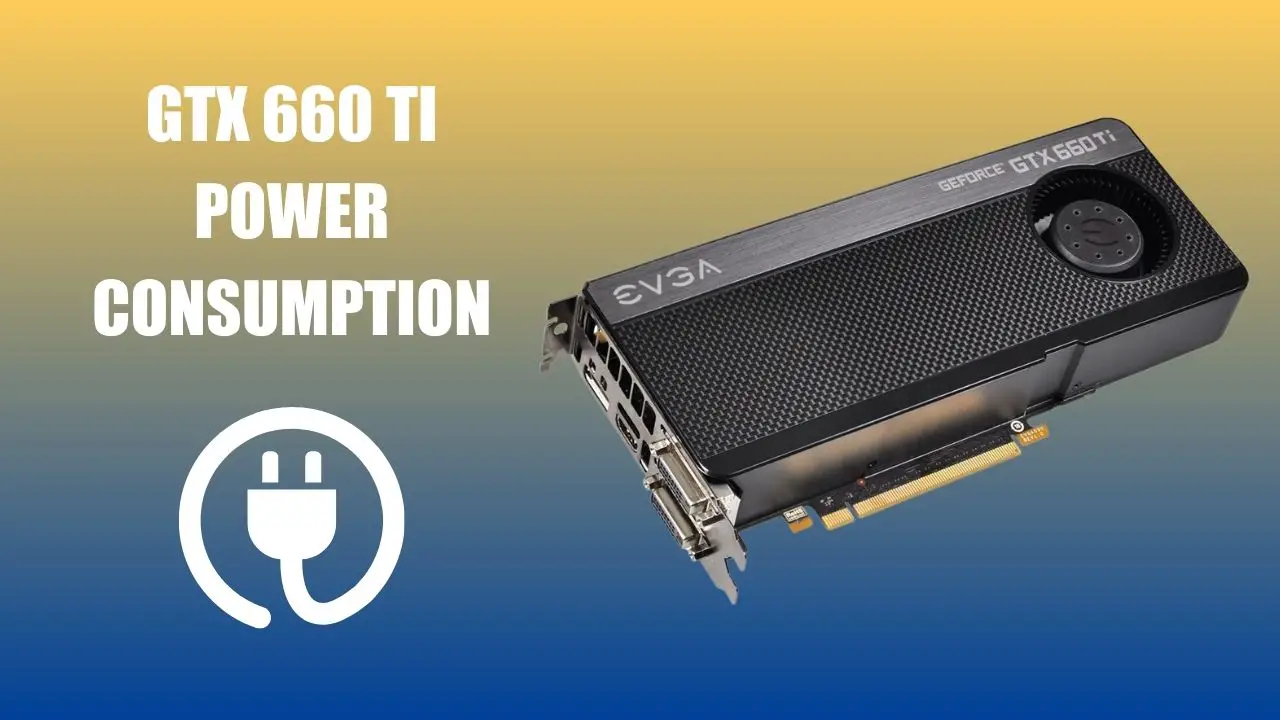The GTX 660 Ti is an older graphics card from 2012 with a TDP of 150 W, requiring a 450 W PSU.
The power consumption of the GTX 660 Ti differs based on its load and model, with around 100 W when idle and 300 W when gaming.
Its successor, the GTX 760, consumes slightly more at around 110 W when idle and 320 W when gaming.
To determine the exact power usage of your GTX 660 Ti, you can use tools like GPU-Z or MSI Afterburner for real-time monitoring or a power meter to measure overall system consumption at the wall outlet.
How much power does a GTX 660 Ti consume when idle?
The GTX 660 Ti has a low idle power consumption of approximately 10 W, similar to the newer GTX 1660 Ti.
It consumes around 10 W, which is comparable to the newer GTX 1660 Ti, and lower than the GTX 670 and GTX 680, which consume approximately 20 W at idle.
What is the maximum temperature a GTX 660 Ti can withstand?
The GTX 660 Ti, an old graphics card, tends to heat up significantly when stressed.
With a maximum temperature of 97°C, it is wise to avoid exceeding 85°C for extended durations.
A secure temperature range for this card lies between 60°C and 80°C, varying by model and cooling apparatus.
Certain versions may possess superior fans and heatsinks, contributing to lower temperatures.
Do different manufacturers’ versions of the GTX 660 Ti consume different amounts of power?
Yes, different manufacturers’ versions of the GTX 660 Ti consume different amounts of power, depending on their clock speeds, voltages, cooling systems, and features.
Usually, models with higher or overclocked clock speeds consume more power compared to a reference or lower-clocked models.
Nevertheless, the variation is not substantial since all GTX 660 Ti cards have a power consumption (TDP) and power target of 150 W and 134 W, respectively.
The power consumption of different GTX 660 Ti models under load can range from 292 W to 312 W for the whole system.
The Gigabyte GTX 660 Ti Windforce 2X OC Edition has the lowest power consumption at 292 W, while the Zotac GeForce GTX 660 Ti AMP! Edition has the highest power consumption at 312 W.
The other models fall somewhere in between, with the Asus GTX 660Ti DirectCU II at 295 W, the MSI N660 Ti PE 2GD5/OC at 296 W, the Gainward GTX 660 Ti Phantom at 298 W, the Palit GTX 660 Ti Jetstream at 300 W, and the Galaxy GeForce GTX 660 Ti GC 3 GB at 301 W.
Are there any aftermarket cooling solutions that can lower the power consumption of a GTX 660 Ti?
Yes, aftermarket cooling options exist that decrease the GTX 660 Ti’s power usage by maintaining its temperature and stability.
A cooler graphics card operates at reduced voltages and fan velocities, lowering power consumption and noise.
Nonetheless, caution is advised when selecting an aftermarket cooler for your GTX 660 Ti, as compatibility with your card’s dimensions and style is not guaranteed.
What is the typical power consumption of a GTX 660 Ti when playing modern video games?
The typical power consumption of a GTX 660 Ti when playing modern video games depends on the game, settings, resolution, and model of the card.
The average power consumption of a GTX 660 Ti under load can range from 292 W to 312 W for the whole system.
This is slightly lower than the GTX 670, which consumes around 300 W when gaming.
The power consumption of a GTX 660 Ti when gaming also varies depending on the overclocking settings and cooling system of the card.
Some models may have higher or lower power consumption than others due to different clock speeds, voltages, fan speeds, and thermal designs.







